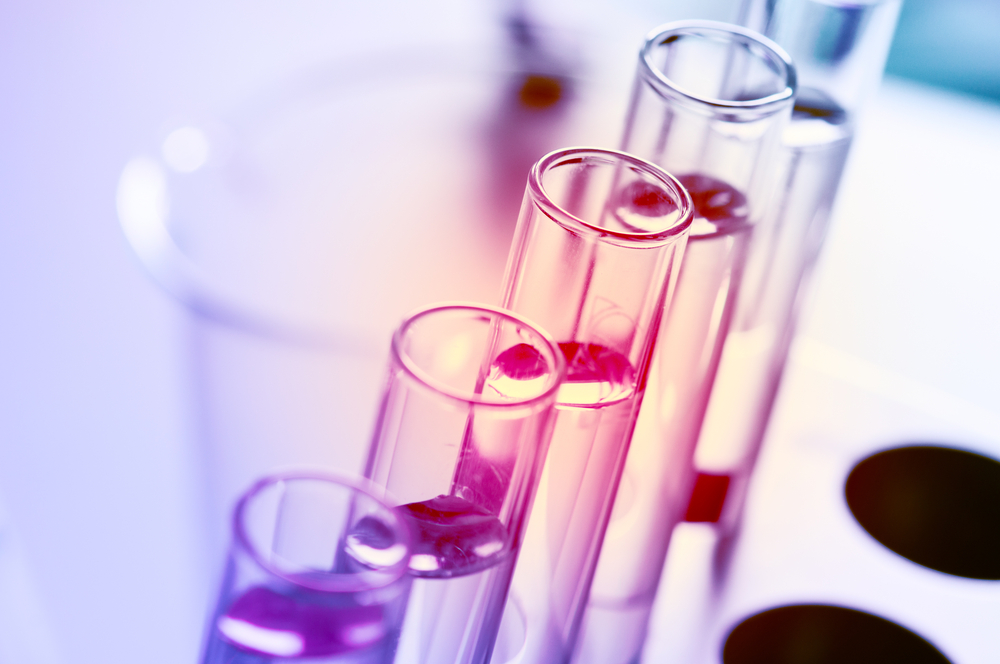Determining Normal Urinary Biomarkers Sets Limits for Accurate Porphyria Diagnosis

Establishing normal urinary levels of delta-aminolevulinic acid (ALA) and porphobilinogen (PBG) in healthy individuals helps identify people with acute hepatic porphyria (AHP) with high accuracy, a study shows.
These reference values may serve to support diagnosis and to evaluate the impact of current and future therapies.
The study,” Normal reference ranges for urinary δ‐aminolevulinic acid and porphobilinogen levels,“ was published in the journal JIMD Reports.
AHP is a group of disorders characterized by the toxic buildup of ALA and PBG due to mutations in genes that provide the instructions for making enzymes necessary in the production of heme, which is essential for the transport of oxygen in the blood.
Levels of ALA and PBG in urine have been measured to aid in diagnosis and support natural history studies and clinical trials evaluating experimental therapies.
While ALA and PBG concentrations are widely reported in people with porphyria, studies accurately documenting normal ALA and PBG values, or establishing their range in healthy people, are lacking.
To address this, scientists at Alnylam Pharmaceuticals tested the ALA and PBG concentrations in urine samples from 150 healthy individuals, which included 90 women and 60 men, ranging in age from 19 to 64 years (mean 39.5 years).
Different ethnic groups were represented, most were Black (60%), followed by white (22.7%), Hispanic (15.3%), and Asian (2%).
ALA and PBG levels were measured by liquid chromatography with tandem mass spectrometry (LC‐MS/MS) — a method with high accuracy, precision, specificity, and sensitivity, according to the investigators.
In addition, urine samples from 17 patients with acute intermittent porphyria, the most common form of AHP, were obtained from participants in a Phase 1 trial (NCT02452372) of Alnylam’s Givlaari (givosiran) to test whether the approach was able to clearly identify people with the condition. All AIP patients were experiencing recurrent attacks.
The study also included 86 participants from EXPLORE (NCT02240784), a natural history study of people with AHP with recurrent episodes, and 23 patients deemed chronic high excreters (CHE) as they had elevated ALA and PBG levels but no acute attacks.
Urine levels of ALA and PBG were normalized to urine creatinine (Cr) concentrations to account for differences in urine volume, and were reported as millimole/mole Cr (mmol/mol Cr).
In healthy people, the analysis found a mean urine ALA level of 0.539 mmol/mol Cr, ranging from 0.152 to 2.3 mmol/mol Cr. The mean urine concentration of PBG was 0.0281 mmol/mol Cr, fluctuating between 0.00234 and 0.185 mmol/mol Cr.
While mean ALA and PBG concentrations were lower in men than in women, no differences were found across the tested age range. Mean ALA concentrations were within 15% of each other, and mean PBG levels were within 30%.
The range of mean ALA and PBG levels across ethnic groups overlapped, except for Asian participants, who had higher median concentrations of both biomarkers. This could be due to the small number of Asians in the study, according to the investigators.
Based on these results, the upper limit of urinary ALA was set at 1.47 mmol/mol Cr and that of PBG at 0.137 mmol/mol Cr.
These values distinguished healthy individuals from people with AIP with 98% sensitivity (correctly identified those with the disease) and 98% specificity (correctly identified those without the condition).
Compared with healthy people, AIP patients with recurrent attacks had 12 times higher ALA and 336 times more PBG, and the CHE group had 6.9 times more ALA and 170 times higher PBG. Likewise, EXPLORE participants were 9.3 times higher than controls in ALA and 238 times higher in PBG.
“Results from this study can serve as a guide to better understand the relationship between disease severity and baseline urinary ALA and PBG values and also to assess the effectiveness of therapeutic interventions in lowering urinary ALA and PBG,” the researchers wrote.






